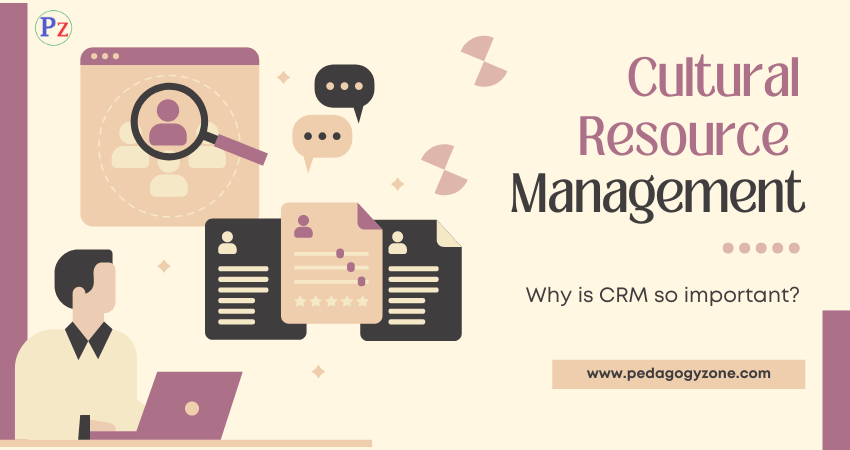A business plan is a fundamental tool for any aspiring entrepreneur or established business looking to grow and succeed. It is a roadmap that outlines your business goals and strategies for achieving them. When you prepare a business plan, you are essentially laying the foundation for your business’s future success.

By creating a business plan, you are forced to think critically about various aspects of your business, such as your target market, competition, and financial projections. This process of preparing a business plan not only helps you clarify your business concept but also enables you to identify potential challenges and opportunities. In essence, a well-prepared business plan serves as a guide that keeps you focused on your goals and ensures that you are prepared for the journey ahead.
The Importance of Market Research
Market research is a crucial step in developing a successful business plan. By conducting thorough market research, businesses can gain valuable insights into consumer needs, preferences, and behaviors. This information allows companies to tailor their products or services to better meet the demands of their target audience, ultimately increasing the likelihood of success in the market.
Moreover, market research helps businesses identify emerging trends and potential opportunities for growth. By staying abreast of industry trends and consumer behavior, companies can adapt their strategies and offerings to stay ahead of the competition. This proactive approach can give businesses a competitive edge and position them for sustainable success in an ever-evolving market landscape.
Identifying Your Target Audience
Once you have a clear understanding of your business and its goals, the next essential step in creating an effective business plan is identifying your target audience. Understanding who your potential customers are is crucial for tailoring your products or services to meet their specific needs and preferences. By identifying your target audience, you can create targeted marketing strategies that resonate with them and ultimately drive sales.
To identify your target audience, start by conducting thorough market research to gather insights into demographic information, behavior patterns, and preferences of your potential customers. Analyzing data such as age, gender, location, income level, and interests can help you create customer personas that represent your ideal buyers. By understanding the needs and motivations of your target audience, you can tailor your products, messaging, and marketing efforts to better connect with them and build long-lasting relationships.
Setting Clear Business Goals and Objectives

Setting clear business goals and objectives is crucial for the success of any venture. It provides a roadmap for the company to follow, guiding decision-making and ensuring that efforts are aligned towards a common purpose. By establishing specific and measurable goals, businesses can track their progress and make adjustments to stay on course. Objectives should be realistic and attainable within a given timeframe, motivating employees and stakeholders to work towards a shared vision.
Effective goal-setting involves considering both short-term and long-term objectives. Short-term goals help provide immediate direction and momentum, while long-term goals define the overarching vision for the business. It’s essential to prioritize goals based on their importance and relevance to the company’s mission. By setting clear objectives, businesses can focus their resources and efforts on what truly matters, driving growth and sustainable success.
Analyzing Your Competition
When embarking on the journey of developing a business plan, one crucial aspect to consider is analyzing your competition. Understanding who your competitors are, what products or services they offer, their strengths and weaknesses, as well as their market positioning can provide valuable insights for your own business strategy. Conducting a comprehensive analysis of your competitors allows you to identify potential opportunities and threats in the market landscape, enabling you to make informed decisions for the growth and sustainability of your business.
Furthermore, analyzing your competition helps you to differentiate your offerings and develop a competitive advantage. By recognizing gaps in the market or areas where your competitors may be underserving customers, you can tailor your products or services to meet the needs and preferences of your target audience effectively. This strategic approach not only sets you apart from the competition but also positions your business for success in a crowded marketplace where differentiation is key to attracting and retaining customers.
Developing a Marketing Strategy
When building a marketing strategy for your business, it is essential to consider various elements to ensure its effectiveness. One critical aspect is determining the key message you want to convey to your target audience. This message should be clear, compelling, and resonant with the needs and values of your potential customers. By crafting a strong and consistent message, you can establish a strong brand identity that sets you apart from your competitors.
Another vital component of developing a marketing strategy is selecting the most suitable marketing channels to reach your target audience. Whether it’s through social media, email marketing, content marketing, or traditional advertising methods, each channel has its strengths and weaknesses. Assessing the characteristics of your target audience and understanding their preferred communication channels can help you decide where to invest your resources for maximum impact. By choosing the right mix of marketing channels, you can increase your visibility, engagement, and ultimately, your sales.
Creating a Financial Plan
When developing a financial plan for your business, it is crucial to consider various aspects such as revenue projections, expense estimates, and cash flow analysis. It is important to create a detailed budget that outlines your anticipated income and expenses over a specific period. This will help you determine how much funding you need to start or grow your business and ensure that you are financially prepared for any challenges that may arise.
Additionally, it is essential to incorporate contingency plans into your financial strategy. By considering potential risks and unexpected costs, you can better prepare your business for unforeseen circumstances. Having a well-thought-out financial plan in place not only helps you secure funding from investors or lenders but also provides you with a roadmap for managing your finances effectively and achieving your business goals.
Outlining Your Organizational Structure
The organizational structure of a business refers to the way it is arranged and how different roles and responsibilities are distributed among employees. Establishing a clear organizational structure can help improve communication, boost efficiency, and foster accountability within the company. It is crucial for businesses to define the hierarchy, reporting relationships, and decision-making processes to ensure smooth operations and effective management.
When outlining your organizational structure, it is important to consider factors such as the size of your company, the nature of your industry, and your future growth projections. Some common types of organizational structures include functional structures, divisional structures, and matrix structures. Each structure has its strengths and weaknesses, so it is essential to choose the one that aligns best with your business goals and objectives. By clearly defining roles, reporting lines, and communication channels, you can create a cohesive and productive work environment that supports the success of your business.
| Read More Topics |
| The rational model involves following six steps |
| Why are alumni networks important? |
| The business analysis fundamentals |
| Specific applications in organization |




